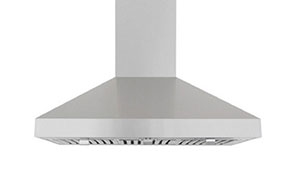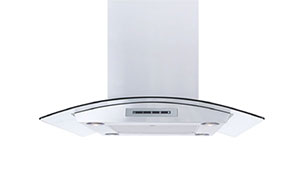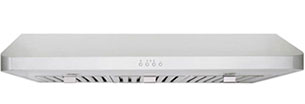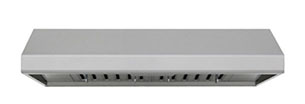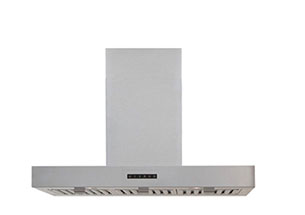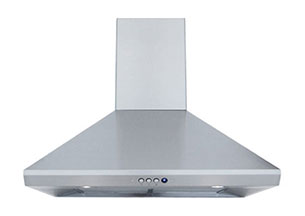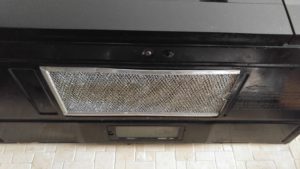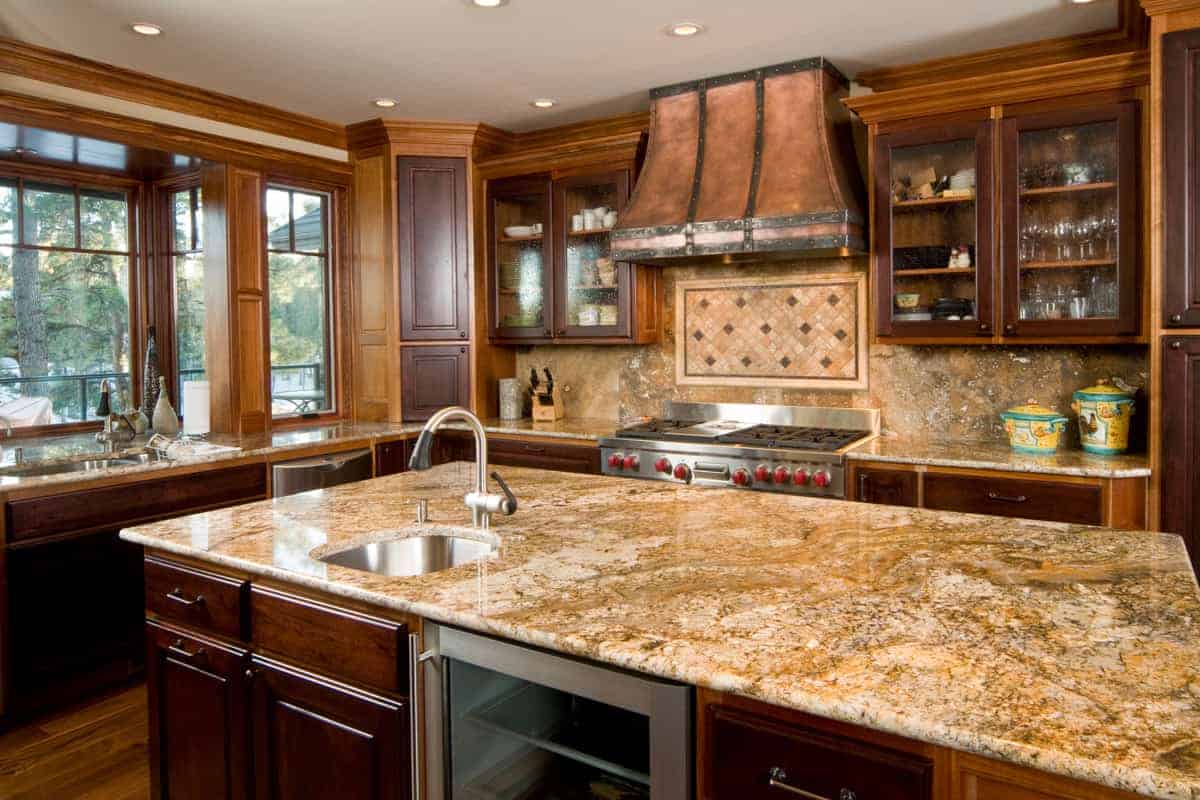Not all kitchens are created with range hoods. Range hoods are designed to collect moisture, airborne grease and odors and remove them from your cooking area. But does this really work to remove this gunk or are they mainly for show? In this 2-part blog series, we will be examining the importance of range hoods and what you can do as a work around if your kitchen doesn’t have one. While everyone can come to a consensus that kitchen exhaust fans inside hoods are important to have, are they all created equal?
Most residential building codes do not require a range hood above a cooking surface, but is that enough to forego having one installed? Even though it may not be legally required for your build or remodel, it is a good idea to install one. Proper ventilation means a safe living environment as well as adding longevity to your kitchen and everything within.
So now that we know it is a good idea to have one, here are some key points to keep in mind as well as a few types of range hoods. The type you install will depend on your budget, your overall space and your individual cooking needs.
Range hoods are generally rated by how many cubic feet of air they can remove per minute. So be sure that the hood and exhaust you purchase matches your stove’s energy output.
Make sure that your exhaust system is not too high within the hood itself. Many of the stylish hoods are created more for aesthetic reasons rather than for practical. If the exhaust system is too high, it will not draw enough of the polluted air to redirect away from the cooking space.
Having your hood and exhaust system exit out through the roof to the outside is the best. This way, the air is completely removed from the space rather than recirculated through the exhaust system and then filtered through a grill facing out from the hood itself. Often times these filters are very limited in the amount of debris and carbon materials it can remove from the recirculated air.
Here are a few different types of hoods:
Vented or ducted Hood
If you are a big home chef, you will more than likely want a vented hood. Vented hoods pull the bad air from the cooking space and pump it outside. Fresh air is drawn in from outside and displacing the bad air; preventing cooking odors and other debris from lingering in your cooking space.
Ducted hoods are the simplest of designs. These hoods will sit along an exterior wall and the duct will run out the rear of the hood through a house wall to either to a duct leading outside or to a filtration system. It is better to run the ducts to the exterior of the home to be sure that the bad air is completely removed from the home. They can be a bit more costly due to the amount of construction and installation time, but they are the most effective for removing the bad air form your kitchen.
Ductless hood
Ductless hoods are not designed to run the air outside of the home. Ductless range hoods consist of a fan with usually a charcoal filtration system that will catch the debris and filter the air. While this is the more cost effective of the hood types, it is can be the most labor intensive. The filters need to be monitored regularly and changed often depending on the amount of cooking you do.
Downdraft systems
These types of hoods are built in to the overall construction of the range. While this can be cost effective as it is an all in one purchase with the range/oven itself, they are not a very efficient solution for removing debris and toxins from the air. Fans tend to go out, and the parts can be difficult to purchase or get repairs made. The fans in these all in one systems tend to pull vital heat from your cooking space, which can have an effect on your cooking project. It will look really sleek and nice as it will match your cooking appliance in color and style. These can also use a filtration system or a duct to the outdoors.
Range hoods can range from $150-$200 depending on the provider you purchase from. It is often better to go with companies like MTD who will help you more efficiently to find a range that fits all your needs: budget, style and need. Range hoods should be installed about 24-30 inches above the stovetop and should span the width of the stove.
In part two of this range hood blog series, we will give you some tips if you don’t have a range hood to combat the debris and cooking residue you may experience.
